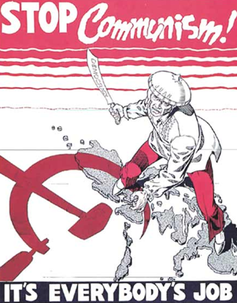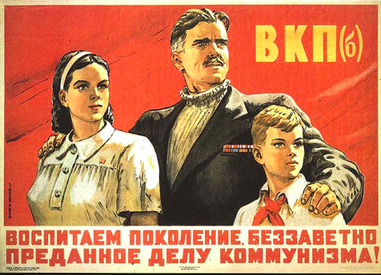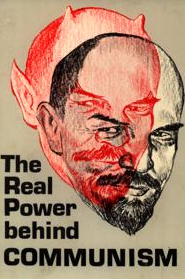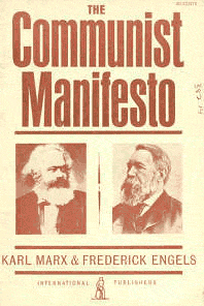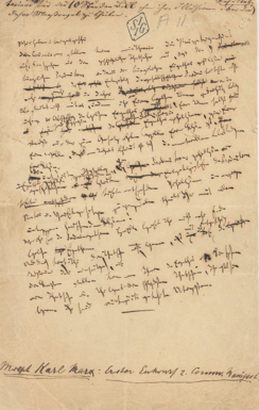Primary Source Archives
The following primary source archives focus on two forms of economic thought; Democractic and Communistic. These websites not only display primary resources that focus on foundational aspects of each, but they also follow the evolution of Communistic and Democratic thought throughout history. Understanding the foundational, and transformative qualities of economic theory allows historians, and economists, the ability to make sense of how American economics came to be an important and influential aspect of the United States.
|
History Archive
https://www.marxists.org/history/ Historical Archives look into Communism around the world with discussions on Democracy and Communism. This archive includes work and primary sources on economic thoughts. Although this archive focuses on Karl Marx, it also incorporates later concepts of Communism and how it was implemented. Additionally, it includes social commentary of Communism. Some examples of the resources are poems, songs, lyrics, letters, and articles. The time range vary from first hand accounts of people who worked with Marx in the 19th century, to the 20th century. Many of the resources are classified by region. Yale University http://avalon.law.yale.edu This website includes documents that are based on philosophical thought. Although not all documents revolve around Communism or democracy, it is still a great source of primary resources containing each. Although a good site, it is important to note the types of resources are not varied, and it contains less information than the aforementioned archive. Hanover University http://history.hanover.edu Hanover contains many primary written sources that can give insight to positive aspects of socialism and communism, while also pointing out the negatives of each. There are many written resources, but it also includes an enlightening interview with Karl Marx. Hanover also does a good job of providing opposing opinions. Fordham University http://www.fordham.edu/halsall/mod/modsbook10.asp Fordham archives include a variety of resources of all types, however, important information on economic ideology can be located. The information about communism/democracy by focusing on various historical eras. Be sure to check out the section titled Modern History Sourcebook. Ideas surrounding the Russian Revolution, Responses to Economic Growth: Socialism and Marxism, Constitutional Stages, and Liberalism are just a few categories that give insight to how history influence economics. National Archives http://www.archives.gov/ Archives.gov includes a compilation of many primary sources. This includes propaganda posters, newspaper articles, documents, and images. Remember to use search terms like, communism, socialism, capitalism, Adam Smith, Karl Marx, as well as other terms we have discussed. This can be useful in many classes, including this one, and is great for research papers. The National WWII Museum http://www.nationalww2museum.org This archive includes posters, of WWII. Although not foundational information, the website does give insight as to the conflict between Communism and Democracy, and can be used to evaluate how it might have affected the United State's economic development. |
Interactive Analysis Tools
The World Digital Library interactive is a wonderful tool that engages students visually. The Digital World History tool allows students to closely analyze images and documents, while the Library of Congress tool directs students while thinking about the primary resource. Using these two websites students can gain a more meaningful understanding of history.
|
National Archives Written Analysis Worksheet
This worksheet can be used for written primary resources. It allows the student to organize information in a meaningful way. |
The following are examples of two lesson plans that address Common Core and Content Standards through use of primary resources. Primary resources are invaluable to the study of any Social Science class. Not only can students challenge conventional historical thought, but by learning important analysis skills, they develop the ability to actively think about history and their place in it.
|
The Progressive Era: Muckrakers
|
The objective of this lesson plan are:
Knowledge:
|
|
The objective of this lesson plan are:
Knowledge:
|
97 Orchard Street
|
